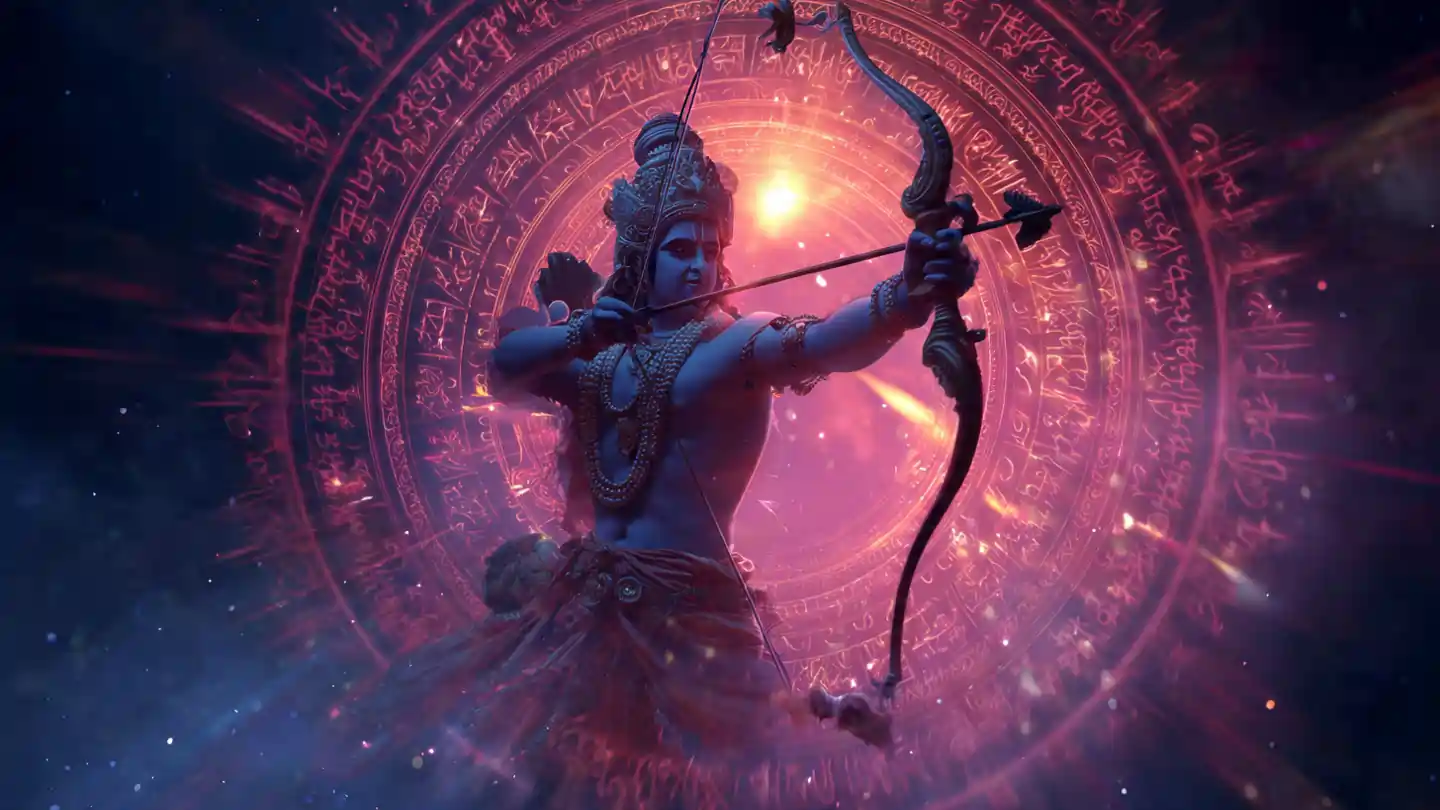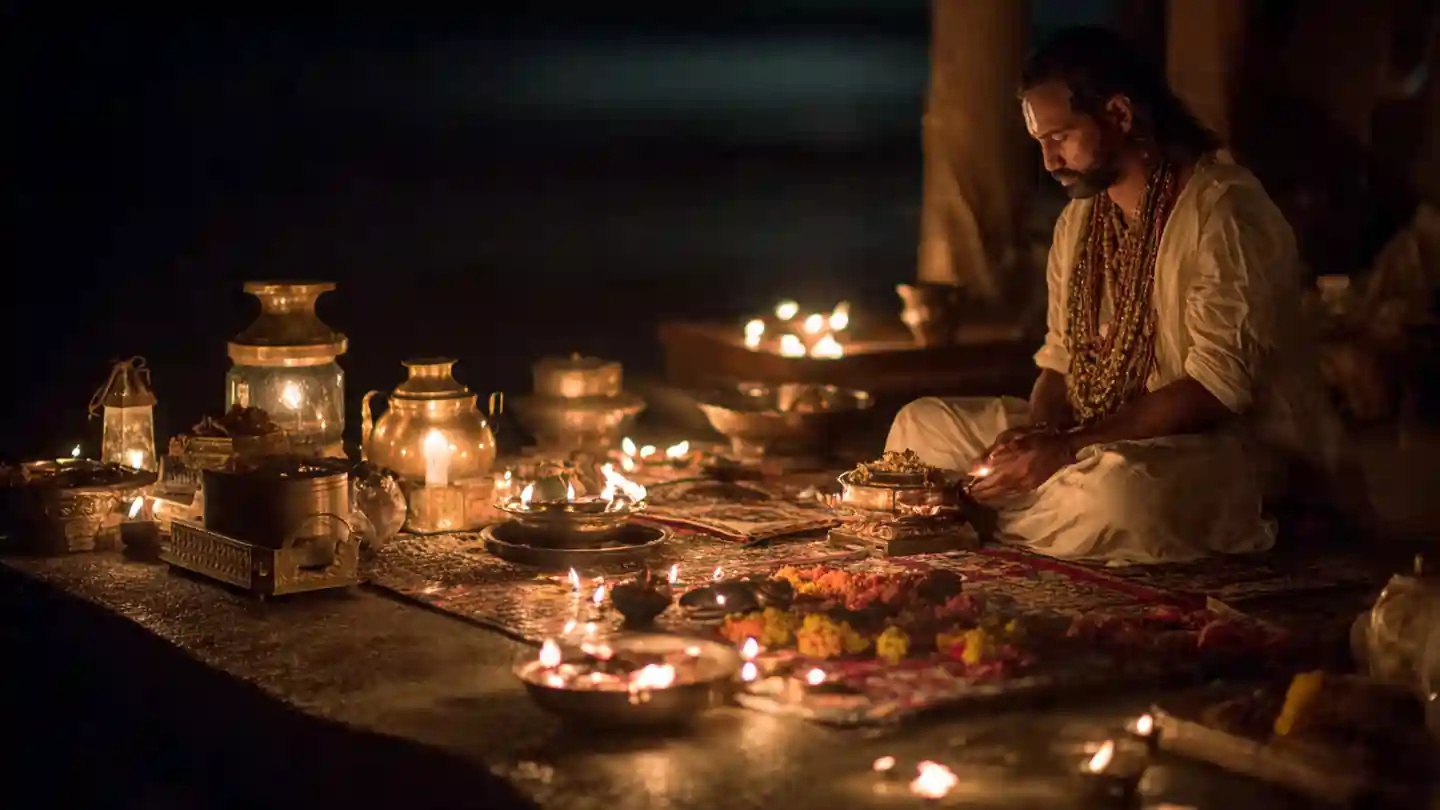The Kashi Vishwanath Temple is one of the most revered Shiva temples in India, located on the banks of the sacred Ganges River in Varanasi. Known as the “Golden Temple” due to its gold-plated spire, it is one of the twelve Jyotirlingas of Lord Shiva and a major center of pilgrimage for devotees.
Historical Background
The temple’s history dates back thousands of years, with references in ancient scriptures like the Skanda Purana and Shiva Purana. It has faced numerous destructions and reconstructions over centuries, reflecting the resilience of devotion in India.
- Medieval Era: The temple was destroyed and rebuilt multiple times by different rulers.
- 18th Century: Maharani Ahilyabai Holkar of Indore rebuilt the present structure in 1780.
- Modern Times: The temple’s spire was covered with gold donated by Maharaja Ranjit Singh in the 19th century.
Example:
Devotees believe that a visit to Kashi Vishwanath Temple washes away sins and grants moksha (liberation), making it spiritually significant beyond any worldly measure.
Legends Associated with Kashi Vishwanath
- The Jyotirlinga Legend:
The temple houses the Vishwanath Jyotirlinga, symbolizing the infinite power of Shiva. Worshipping this Jyotirlinga is believed to bring spiritual awakening. - Story of King Mandhata:
Legend says King Mandhata was instructed by Lord Shiva in a dream to build a temple at Kashi to gain divine favor and prosperity. - Shiva and Parvati:
The temple is considered the abode of Shiva and Parvati, symbolizing the cosmic balance of energy.
Spiritual Significance
- Liberation (Moksha): Devotees believe visiting Kashi Vishwanath and offering prayers ensures liberation from the cycle of birth and death.
- Daily Rituals: Priests perform Aarti, Abhishekam, and mantra chanting throughout the day.
- Festivals: Maha Shivratri and Shravan Mondays attract thousands of devotees.
Example:
Anjali, a devotee, visits the temple every year during Maha Shivratri. She chants Om Namah Shivaya and offers Bilva leaves, feeling immense spiritual peace and protection.
Visiting Tips
- Best Time to Visit: Early morning for peaceful meditation or during festivals for divine energy.
- Dress Modestly: Respect temple customs and wear traditional attire.
- Offerings: Bilva leaves, flowers, and milk are most auspicious.
- Ganga Aarti: Participate in the evening Ganga Aarti for a spiritual experience.
- Photography: Limited areas allow photography; follow temple rules.
Impact on Devotees
- Cleansing of sins and negative karma
- Mental peace and spiritual awakening
- Positive energy and protection in life
- Opportunity to witness India’s ancient architecture and devotion
📖 Read Also
1️⃣ LPG Gas Cylinder Price Today
2️⃣ Ujjwala Yojana जानकारी
3️⃣ KisanSuvidha Goverment Scheme
4️⃣ Bajrang Baan PDF – बजरंग बाण पाठ, लाभ और महत्व
5️⃣ Shiv Stuti Lyrics – शिव स्तुति का पाठ और अर्थ






